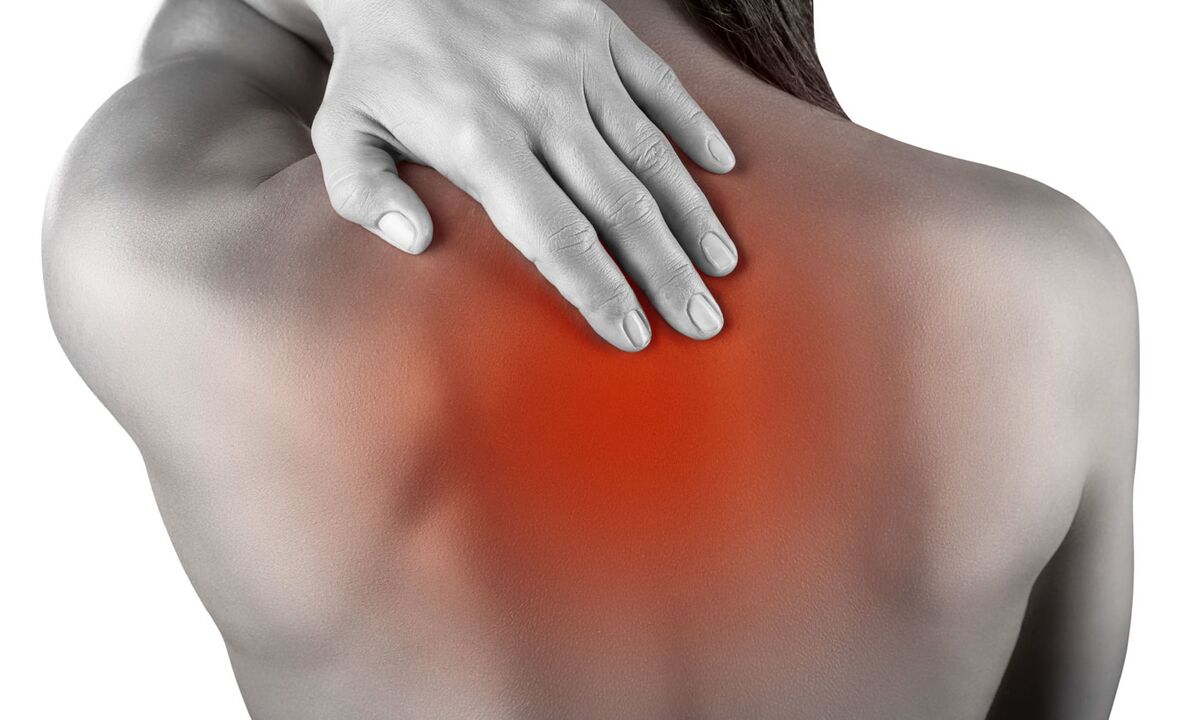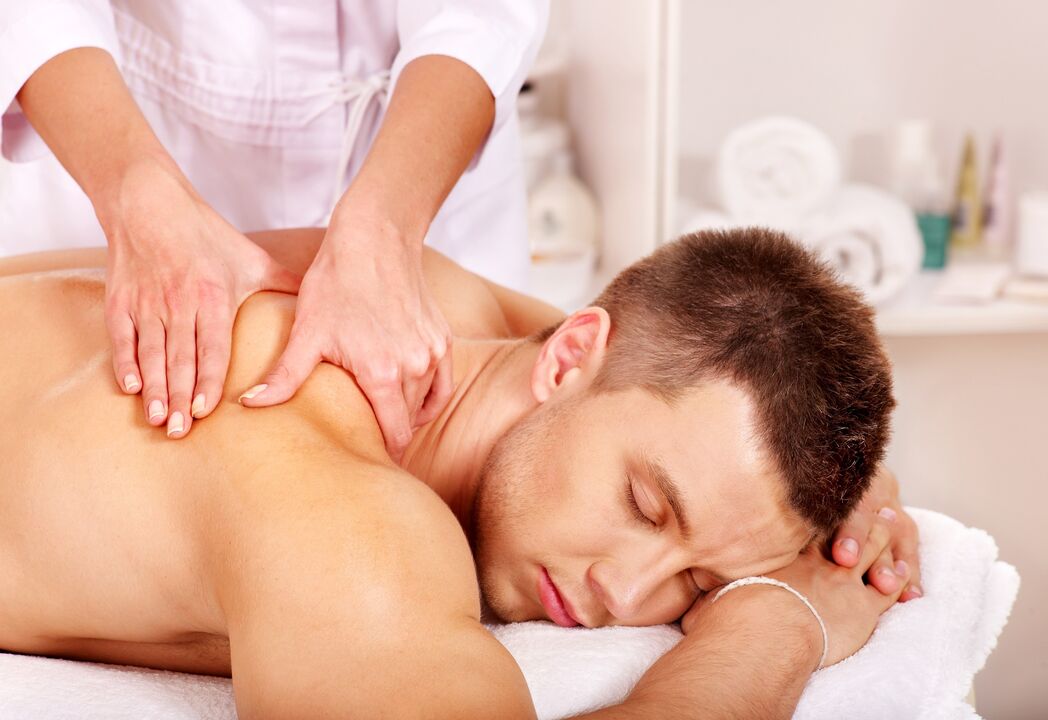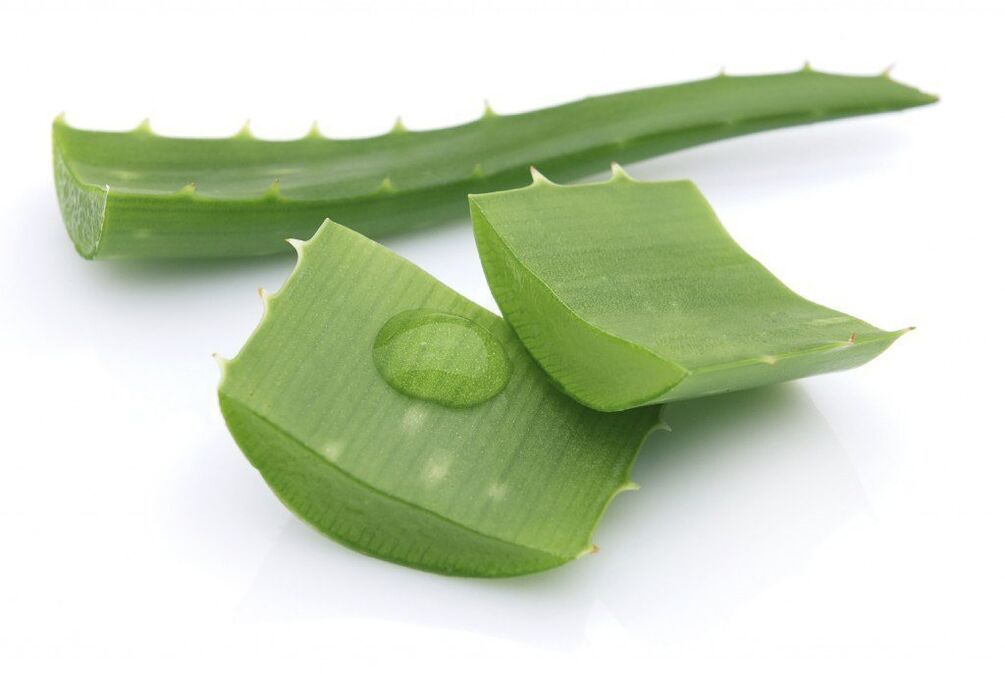Thoracic osteochondrosis is a degenerative-dystrophic disease that affects the intervertebral disc;When the pathology progresses, the surrounding structures are involved in the process.Symptoms of thoracic osteochondrosis vary, often similar to the manifestations of other diseases.To diagnose this pathology, several methods are used to detect changes in the intervertebral structure.Treatment of thoracic osteochondrosis includes the use of drugs and non-drug therapy in the form of physical therapy and massage.Many are also interested in curing thoracic osteochondrosis using traditional methods.
Risk factors
Thoracic osteochondrosis most often occurs if there is one or more predisposing factors.These include:
- hereditary predisposition;
- spinal abnormalities;
- excessive physical activity;
- low physical activity;
- Damage to the intervertebral disc after falling on the back, blowing into the spine;
- Prolonged exposure to vibration, which, for example, is typical for vehicle drivers;
- the presence of excess weight;
- hormonal disorders;
- smoking;
- age over 40 years;
- Wearing high heels.
Characteristics of osteochondrosis of the thoracic spine
Due to the uniqueness of the anatomical structure, the thoracic spine is less mobile than the cervical spine, and it also has less load compared to the lumbar part of the lumbar column.In this regard, osteochondrosis of this part is rare.
The most common symptoms of osteochondrosis of the chest are dorsago, dorsalgia.Dorsago is a sharp pain that appears after a long stay in a lying, sitting position, when a person starts to stand.Often the pain is so severe that breathing becomes difficult.This condition can be accompanied by muscle tension in the chest, neck, and lower back.
Dorsalgia is a gradual chest pain that persists for 2-3 weeks.The unpleasant sensation becomes stronger when bending, turning, staying in one position for a long time, or taking a deep breath.

Common manifestations of thoracic osteochondrosis include:
- pain in the stomach, combined with nausea, vomiting, their occurrence is not associated with eating habits;
- pain in the right hypochondrium, aggravated by coughing, sneezing, or changing the position of the body;
- Lower back pain, reminiscent of renal colic, sometimes accompanied by urinary disturbances;
- pain in the upper chest, accompanied by the sensation of a foreign object in the throat;
- Pulling pain in the mammary gland.
Degree of disease
Depending on the severity of the pathological process and the manifestation of the disease, 4 degrees of osteochondrosis are distinguished.
First
At this stage, a crack forms in the fibrous ring, through which the nucleus pulposus penetrates.Pain at the site of the lesion is a sign of osteochondrosis of the chest at this stage.They can be constant or appear suddenly, in the form of Lumbago.Sometimes unpleasant sensations appear in the heart area, and local muscle contractions are observed.
Second
This stage is characterized by the occurrence of pathological mobility between the vertebrae at the site of the lesion.Pain occurs when staying in one position for a long time and persists with movement.
Third
This stage is characterized by the rupture of the fibrous ring and exit from the nucleus pulposus beyond its limits.Such pathological changes are accompanied by the formation of intervertebral hernia.The latter can compress nerve fibers, blood vessels, and the spinal cord.
Painful sensations occur more often and are accompanied by breathing problems and discomfort in the heart area.
Fourth
The pathological process involves the structures surrounding the intervertebral disc.The ligamentous equipment of the spine is affected, andOsteophytes- Bone growth that compresses nerve fibers, sometimes damaging the spinal cord.
Possible complications
When thoracic osteochondrosis is accompanied by compression of the spinal nerve roots, intercostal neuralgia occurs.It is characterized by attacks of acute pain in one half of the chest.An unpleasant sensation spreads from the spine to the sternum along the nerve fibers and shoots.
Pain with intercostal neuralgia often radiates to the abdomen, shoulder blades, arms, and retrosternal region.When sympathetic fibers are damaged, tenderness and redness of the skin in the affected area is observed.The duration of painful attacks is from a few seconds to minutes.In the intercostal space, a person may experience paresthesia (numbness, crawling), this symptom is characteristic of the time between attacks.
Another complication of this condition is spondyloarthrosis.With this pathology, the joints between the vertebrae are deformed, the cartilaginous layer is destroyed, the ligaments are stretched, and there is an increase in the mobility of the vertebrae relative to each other.In response to inflammation, spasms of the muscles surrounding the spine occur.
Subsequently, osteophytes are formed, and against the background of the formation of such growths, the affected part of the spine loses mobility.Bone spurs sometimes compress nerve roots, causing pain and sensory disturbances.
Disease diagnosis
The easiest way to detect thoracic osteochondrosis is radiography of the spine.This study reveals flattening, uneven contours of intervertebral discs, displacement of adjacent vertebral bodies in relation to each other, and changes in their shape.
Sometimes discography is performed - an X-ray examination using a contrast agent.This method allows us to identify the uneven boundaries of the nucleus pulposus, characteristic of osteochondrosis.With a clear pathological process, the contrast completely fills the intervertebral disc, sometimes beyond its limits.
More accurate images of the spinal column can be obtained using computed tomography and magnetic resonance imaging.This method makes it possible to assess in more detail the severity of the degenerative process, determine the presence of a hernia, its location, and size.
If symptoms of thoracic osteochondrosis appear, the doctor may also suggest a general blood test as an additional diagnostic method.The disease is often accompanied by a slight increase in the number of leukocytes and an increase in ESR.When testing the blood for electrolytes, a decrease in calcium levels is sometimes observed.
Manifestations of thoracic osteochondrosis are similar to the signs of many diseases;If this happens, it is necessary to consult a doctor for an examination and clarification of the diagnosis.If left untreated, the disease progresses, often causing complications.
Treatment of thoracic osteochondrosis: gymnastics and exercise therapy
Gymnastics improves mobility in the intervertebral and cosovertebral joints of the thoracic region, reduces the feeling of stiffness, and eliminates muscle spasms.
Before treating thoracic osteochondrosis at home with exercise therapy, you need to make sure there are no contraindications.Gymnastics classes are prohibited when:
- Exacerbations of osteochondrosis;
- Early recovery period after surgical treatment of osteochondrosis;
- neurological pathology accompanied by movement coordination;
- high blood pressure, heart rhythm disorders;
- Expansion of any chronic disease, inflammatory and acute infectious process.
Massage
Massage improves blood circulation in the tissues surrounding the spine, relieves muscle spasms, while at the same time improving their tone.Against this background, pain and discomfort in the back area decreases.
For thoracic osteochondrosis, the following types of massage can be used:
- Classic.
- Point (effect on a specific point).
- Segmental (back massage in the thoracic region, aimed at improving local blood circulation).
- Cupping (exposure to the affected area with a vacuum).

Classic massage includes rubbing, stroking, kneading, vibrational movements, and pinching.
Drug treatment
Drug therapy for thoracic osteochondrosis is aimed at:
- reduction of inflammatory processes;
- pain relief;
- reduction of muscle spasms;
- Improving the condition of cartilage and nerve tissue.
The most common drugs used to treat the symptoms of thoracic osteochondrosis are non-steroidal anti-inflammatory drugs.These drugs suppress the inflammatory response that occurs in the nerve fibers, resulting in a reduction of pain.These funds are used in the form of:
- Tablets.
- Ointment, gel.
- Injection.
Injections of non-steroidal anti-inflammatory drugs are used to worsen the disease.
The most common side effects of nonsteroidal anti-inflammatory drugs include damage to the mucous membrane of the digestive tract with the formation of ulcers, decreased blood clotting, kidney damage, and allergic reactions.
Treatment of thoracic osteochondrosis with drugs from the group of muscle relaxants can reduce the spasm of the muscles surrounding the spine, compressing nerve endings and blood vessels, resulting in a decrease in pain intensity.
Chondroprotectors normalize metabolic processes in cartilage tissue and prevent its destruction.The composition of the product includes chondroitin sulfate, glucosamine, they participate in the synthesis of connective tissue.
Preparations containing B vitamins increase metabolism in damaged nerve fibers, which leads to the suppression of inflammatory reactions.
Folk remedies for the treatment of thoracic osteochondrosis
Treatment of thoracic osteochondrosis at home includes the use of ointments, compresses, and taking various infusions and decoctions.They help reduce the severity of inflammation, improve metabolic processes in the affected area of the spine, and reduce pain.
Ointment, compress with natural composition
Before treating thoracic osteochondrosis with these drugs, it is important to prepare them correctly.To get an egg-vinegar ointment, you need to mix chicken eggs with the same amount of table vinegar, add 100 grams of soft butter to them, and bring the mixture to a homogeneous consistency.This ointment is applied to the affected area overnight in a thin layer.
To make another product, you need to mix 2 tablespoons of sage leaves and plantain leaves.Add 40 grams of liquid vaseline and 50 milliliters of olive oil to the plants.All components are mixed thoroughly, the resulting ointment is applied to the affected area with rubbing movements, and a warm cloth is applied on top.This procedure can be repeated 2-3 times a day.
To prepare one of the most effective compresses, you need to prepare 50 grams of aloe leaves, 100 milliliters of vodka, 100 grams of honey.Aloe is crushed using a grater, and the remaining ingredients are added.This composition is infused for 5 days.This product is used in the area where pain is felt, polyethylene is placed on the skin of the back, and a towel or scarf is wrapped around the chest.The compress is left for 2 hours.

Infusions, tinctures, decoctions
To prepare an anti-inflammatory decoction, you need to mix a tablespoon of dry chamomile and mint.300 milliliters of hot water is added to the plant material, then the composition is boiled for 10 minutes using a water bath.The composition is taken 2 tablespoons three times a day.
To get an infusion with the mentioned anti-inflammatory properties, you need to take 2 tablespoons of strawberry and birch leaves, 3 tablespoons of chamomile flowers, calendula, a tablespoon of St.John, 10 grams of oak bark.The listed components are mixed, 2 spoons of this composition are poured with a liter of boiling water, and left for 4 hours.This infusion should be drunk 100 milliliters 3 times a day.
To obtain arnica tincture, 25 grams of plant flowers are poured with half a liter of vodka.This product is placed for a month in a dark and cool place.Tincture taken 20 drops three times a day, after dissolving a little water.This drug improves metabolic processes in the affected area of the spine and reduces the severity of the inflammatory response.

Prevention
To prevent the development of thoracic osteochondrosis, it is recommended:
- stop smoking and abusing alcoholic beverages;
- normalize nutrition, reduce the content of fat, fried food in the diet;
- maintain an optimal body weight;
- Avoid heavy lifting and physical overexertion.
Complex treatment of thoracic osteochondrosis, which consists of drug therapy, massage, exercise therapy, aims to reduce inflammation, muscle spasms, and eliminate pain.Traditional methods serve as an additional step, helping to enhance the effects of other ongoing activities.

























